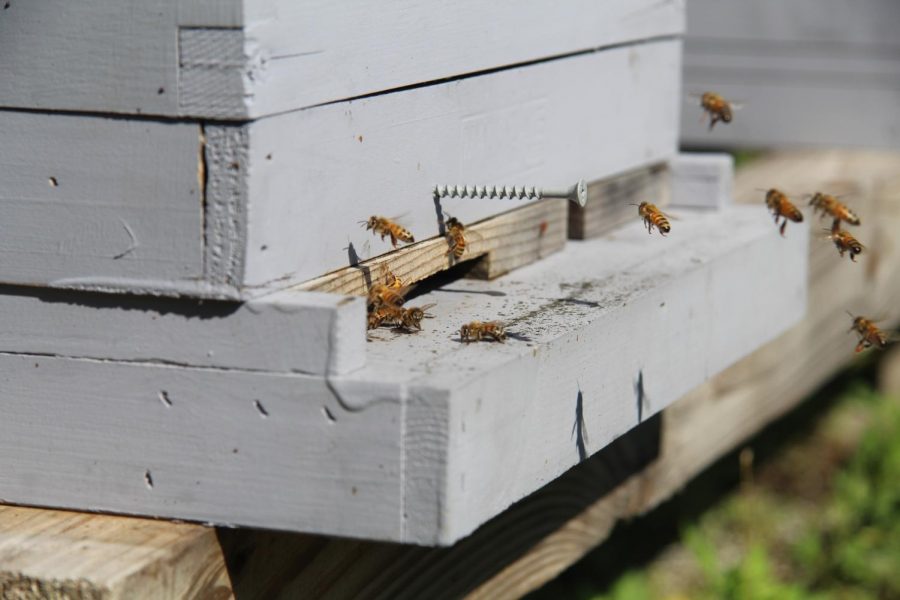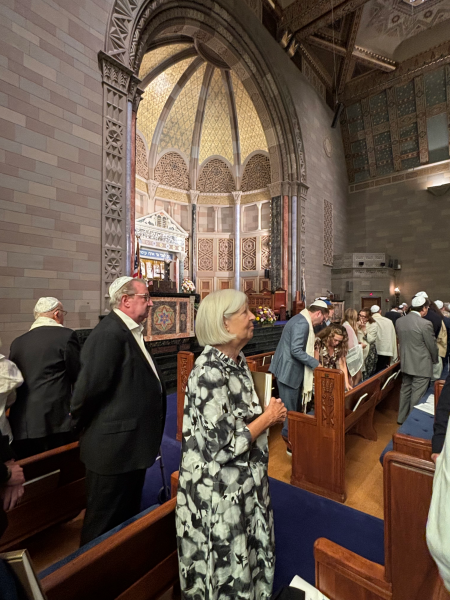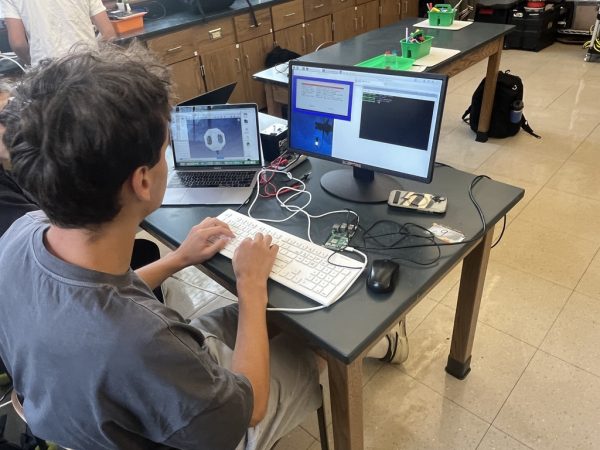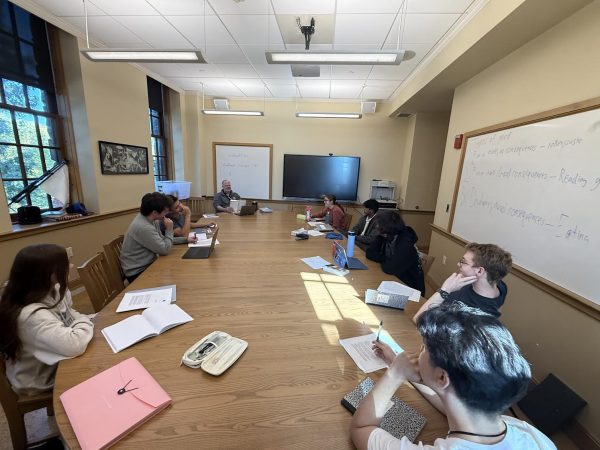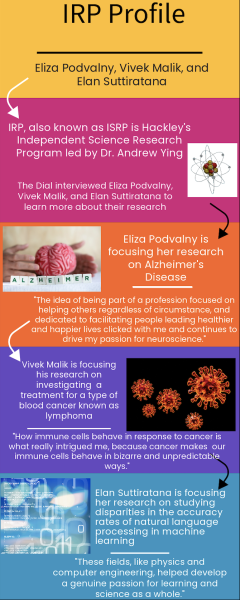Campus Beehives Create a Pollinating Environment
Imagine your school lunch, accompanied by a small pot of fresh honey from the school grounds. This is now a possibility thanks to the Pollinator Club and Upper School Science Teacher, Regina DiStefano, who placed beehives on the Hackley campus. The purpose of such a movement was the alarming realization that bees, the workers responsible for pollinating 35% of the world’s agriculture, are slowly becoming endangered.
“Bees are definitely in decline across the world,” Upper School Science Teacher, Tessa Johnson, says, “The reason why bees are struggling is from the parasites that get them and not having enough plants that flower early in the spring […] It is common for the mortality rate to be 50%.”
Another key factor in the decline of bee populations is climate change. As global temperatures rise, the flowers bloom earlier than normal. This change in the environment disrupts the timing of a flower’s pollen production and when bees can absorb that pollen. Ultimately, this leads to starvation among many bee populations, forcing them to either migrate or die.
For those who have yet to understand this predicament, it may seem that the collapse of bee colonies may not lead to massive changes at the local level; however, these pollinators are crucial to maintaining the global food supply. The bee’s pollinator activities in the U.S. alone are worth $20 billion a year, as they are essential for the nourishment of crops: vegetables, fruits, and nuts—all staples of a healthy diet. Losing the pollinators would result in the loss of these crops, spelling out disaster for people across the world.
In response to this predicament, seniors Ella Rodrigez and Mateen Nassirpour founded the Pollinator Club two years ago, and with the support of Ms. DiStefano, implemented the new beehive program on campus.
The participants of the beehive program received the first fruits of their labor in August 2022, when the first batch of honeycombs was harvested. The honeycombs were initially placed inside freezers to kill the eggs and larvae of wax moths, preventing the honey from becoming infested during storage. The sanitization process will soon be completed, after which the honeycombs will be spun by Ms. Johnson and her bee-keeping instructor, causing the honey to drip out into collection jars.
Once the honey is jarred, Ms. Johnson plans to use it in various ways, such as prizes in the Hackley community raffles. Other ideas regarding the use of Hackley’s honey take place in the lunchroom. Ms. Johnson not only plans to hand out little portions of honey in the dining hall, but she and the Pollinator club will also station themselves in the lunchroom to spin honeycombs. There, students may come and take part in the process of creating Hackley’s honey!
However, before any of these fun events take place, Ms. Johnson firmly wishes to first and foremost use the honey for educational purposes. “I would like to integrate it into the curriculum for Lower School, Middle School, and Upper School,” she says, “We want to make sure that it’s not just for show, but that we’re using them as a school to raise awareness for all the bee populations out there.”
Staying true to their original purpose, Tessa Johnson, Regina DiStefano, and the Pollinator Club firmly believe that the development of Hackley’s beehives will be a firm step towards preserving not only bees but also “creating an environment for all pollinators.”

